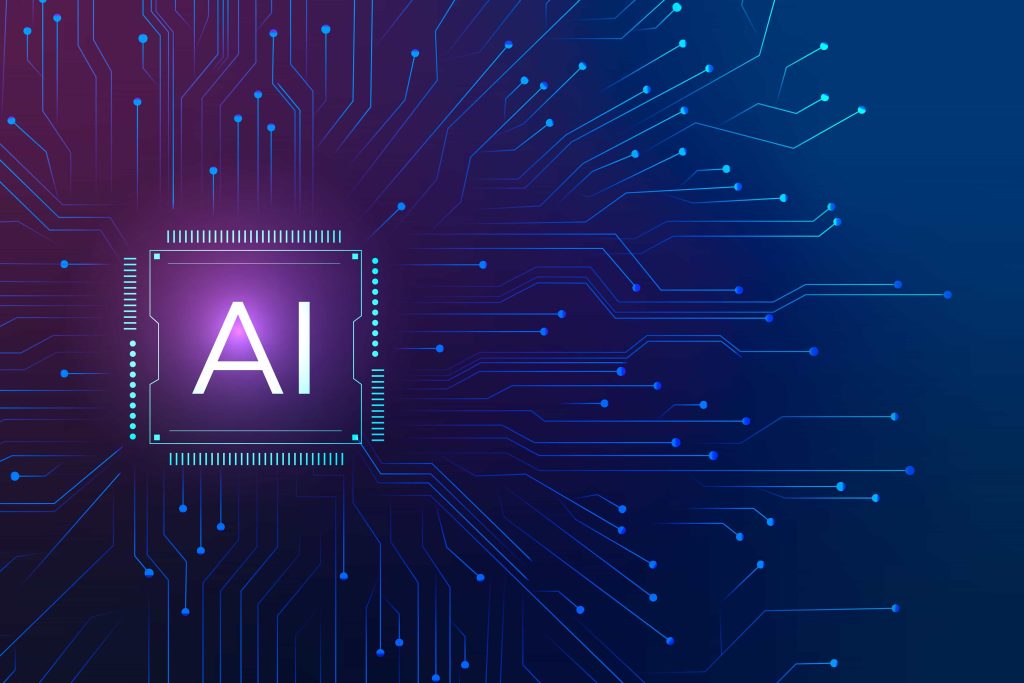
Table of Contents
Artificial intelligence (AI) in cybersecurity leverages machine learning, analytics, and pattern recognition to protect systems, networks, and data from evolving threats. Unlike traditional security tools that rely on fixed rules, AI-powered systems learn from experience, enabling them to detect sophisticated attacks, adapt to changing threat patterns, and process large volumes of information quickly and accurately.
As digital transformation accelerates, cyber threats are not only becoming more frequent but also increasingly complex. AI enables faster responses than human teams, identifies hidden anomalies, and automates the investigation and response process, helping organisations save valuable time and resources.
For Malaysian businesses, particularly in sectors such as finance, telecommunications, and government, adopting AI-driven cybersecurity solutions is becoming increasingly essential to staying resilient in the face of evolving risks.
Challenges of AI in Cybersecurity
While AI strengthens defences, it comes with real challenges that organisations must manage carefully:
- Smarter Attackers: Threat actors are now utilizing AI to craft more sophisticated, automated attacks that are increasingly difficult to detect and counter.
- Adversarial Tactics: Attackers can train AI models to evade security systems, creating a constant battle to stay one step ahead.
- Heavy Data Demands: AI relies on massive datasets, raising concerns about how that data is secured, stored, and utilized.
- Bias and Fairness: Algorithms trained on biased data can produce inaccurate or unfair outcomes, weakening trust in results.
- Talent Shortage: There’s a shortage of professionals with the right mix of AI and cybersecurity skills to develop and manage these systems.
- Integration Issues: Connecting AI tools with legacy security infrastructure can be technically complex and resource-intensive.
- High Costs: Developing and maintaining AI-powered solutions can require significant investment and ongoing updates.
- Governance Gaps: Without clear policies, the use of AI can drift into non-compliance or unethical practices.
- Ethical Concerns: Organisations must balance the benefits of AI with respect for privacy and responsible data use.
- Evolving Threats: The threat landscape is constantly changing, so AI systems must be regularly retrained and updated to remain effective.
Core Benefits of AI in Cybersecurity
Real-Time Threat Detection & Behavioural Analysis
AI continuously monitors attack vectors, network traffic, and user behaviour to detect anomalies early, reducing the attack window and minimising downtime. Proactive detection is crucial for Malaysian businesses, as insider threats or hijacked accounts can lead to significant financial losses.
Zero-Day & Advanced Malware Protection
By analysing program behaviour rather than relying solely on known signatures, AI can identify new, evolving threats, including zero-day exploits and polymorphic malware.
Predictive Risk Analysis
Analysing patterns from past incidents, AI predicts where vulnerabilities might arise and helps organisations strengthen their defences before attacks occur.
Automated Incident Response
AI accelerates incident response by suggesting or executing actions such as isolating infected devices, restoring systems, and notifying security teams, thereby saving time and resources
Fraud Detection
In industries like finance, AI analyses real-time transactions for irregularities that could indicate fraud, catching subtle signs that manual checks might miss.
AI Cybersecurity Tools and How They're Used
AI-driven tools defend each level within an organisation’s digital infrastructure. These are the tools, how they are used, and why they are essential to Malaysian businesses:
The way users interact with systems is analysed using intelligent algorithms, taking into account login times, frequency of access, and file navigation. This form of behavioural threat detection is highly effective in identifying phishing attempts or suspicious internal activity.
For organisations using advanced cybersecurity solutions through trusted local providers, this level of visibility ensures that potential threats can be identified early, even before they escalate.
Next-generation firewalls (NGFWs) offer more in-depth inspection of network traffic compared to traditional firewalls. They detect and prevent complex attack patterns while integrating seamlessly with SD-WAN and Network Detection and Response (NDR) solutions.
When deployed by certified security partners, these firewalls deliver reliable protection and optimised performance at every point in the network.
Cloud security tools enhanced by machine learning detect misconfigurations, unauthorised access, and abnormal data movement. As more Malaysian businesses adopt cloud infrastructure, these safeguards strengthen overall defenses and play a crucial role in protecting critical data across various sectors, including finance, telecommunications, and government.
Devices such as laptops and smartphones are monitored in real-time, allowing threats to be contained before they spread. Whether teams are working remotely or in the office, businesses benefit from comprehensive protection across all endpoints.
Local cybersecurity experts help integrate these solutions to ensure seamless coverage across various work environments.
Smart user monitoring tools track login locations, device types, and access times. When suspicious activity occurs, like unexpected logins or off-hour access alerts, they are triggered immediately.
This capability is particularly important for organisations that handle sensitive or regulated data, such as Government-Linked Companies (GLCs) and multinational corporations, which are prime targets for cyber criminals.
Security Orchestration, Automation, and Response (SOAR) platforms automate incident response, reduce false positives, and streamline operations. They ease the workload of security teams while accelerating critical decision-making.
Businesses that implement these systems benefit from more efficient operations and faster response times during potential incidents.
Security Information and Event Management (SIEM) and Extended Detection and Response (XDR) tools consolidate data from across the IT environment. Through this centralised insight, security teams gain a clearer picture of real threats, helping them allocate resources more effectively and avoid distractions from false alarms.
Connected devices and operational systems are monitored for unusual behaviour such as unauthorised remote access or unexpected data transfers.
These protections are vital for maintaining the stability and security of Malaysia’s essential infrastructure, including energy, telecommunications, and transportation.

The Future of AI in Cybersecurity
Self-healing systems are among the most promising developments in the cybersecurity landscape. These technologies enable AI to detect vulnerabilities, act autonomously, and correct issues in real-time. Over time, AI will increasingly support strategic decision-making by interpreting threat intelligence and adapting defences accordingly.
At the same time, new risks are emerging. AI-powered attacks, where malicious actors use similar technologies to launch more efficient and adaptive threats, are on the rise. Poorly trained models, often due to data bias, may also lead to inaccurate threat detection. These challenges highlight the importance of using AI responsibly and ethically in cybersecurity applications.
To ensure their network security defenses are both effective and compliant, Malaysian organisations can benefit from working with a cybersecurity professional like Spectrum Edge, which offers access to FortiGate-based solutions designed to support secure, AI-powered cybersecurity across a wide range of industries.
FAQs about Artificial Intelligence in Cybersecurity
AI is revolutionising cybersecurity, as systems will become intelligent, proactive, and automated. It enables the detection of threats in real time, provides quicker responses to incidents, and enhances the network coverage of the security packages’ endpoints, cloud, and network.
AI can detect threats by evaluating both behavioural patterns and learning from previous attacks, as well as identifying deviations in real-time. This enables it to identify both known threats and new ones at a higher speed than older tools.
Automation operates according to pre-set rules, whereas AI learns and develops. Although automation is used for repetitive tasks, AI will also address new threats, forecast attacks, and make decisions about complex data analysis.
Traditional firewalls are deployed with static rules; AI firewalls, on the other hand, consider real-time traffic patterns. They not only block threats using patterns rather than just signatures but also, in a more effective manner, can integrate well with other intelligent applications, such as SD-WAN and NDR.
Machine learning is a field of AI that focuses on algorithms that improve with data. The following subset is deep learning, which involves the use of neural networks to work with complex data. The three collaborate in Cybersecurity to enhance detection, prediction, and response.